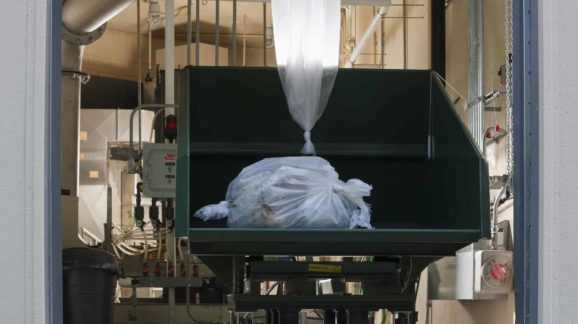Trump Should Cut Government-Funded Junk Science

 The Trump administration’s plan to cut government should include considerable effort to eliminate numerous research programs that peddle junk science to serve environmental special interests. I have already pointed out a couple of programs at the Environmental Protection Agency that need to go, but there are many other junk science programs at EPA and other agencies that deserve to be on the chopping block, such as the National Institute for Environmental Health Sciences (NIEHS).
The Trump administration’s plan to cut government should include considerable effort to eliminate numerous research programs that peddle junk science to serve environmental special interests. I have already pointed out a couple of programs at the Environmental Protection Agency that need to go, but there are many other junk science programs at EPA and other agencies that deserve to be on the chopping block, such as the National Institute for Environmental Health Sciences (NIEHS).
Unlike medical research focused on finding cures for diseases and cancer, NIEHS studies phantom risks associated with trace chemical exposures, with a strong bias against private enterprise and chemical technologies.
A glaring example is NIEHS’s program related to the chemical Bisphenol A (BPA), which is used to make hard, clear plastics and resins that line food cans to prevent rust and the development of pathogens in food. Used safely for decades, BPA has been studied extensively by numerous research bodies around the world, which have deemed current uses safe. And it has enormous value in securing a safe food supply and improving public health thanks to its use in medical devices, among other things.
Yet during the past couple of decades, activist groups have targeted BPA, alleging a host of health risks based on small, often poorly designed and inconclusive studies that report weak associations between BPA and various health problems. Because activists were able to generate alarming headlines, Congress poured millions of dollars into research. The NIH doled out $172.7 million for BPA research grants between 2000 and 2014, according to a tally compiled by Citizens Against Government Waste.
NIESH funneled much of that money to support activist science. In fact, NIEHS helped orchestrate a campaign to direct research dollars to anti-BPA researchers by cosponsoring a conference in 2007 with other government agencies and the left-of-center group Commonweal. Researchers met in Chapel Hill, N.C., where they developed what became known as the “Chapel Hill Consensus Statement,” which called for more funding of BPA research because participants claimed BPA likely posed serious health risks. Among the attendees was then-EPA employee Linda Birnbaum, who was appointed as the NIESH director in 2009.
Although organized and attended by a self-selected group of mostly anti-BPA activists, the participants marketed the meeting as an independent scientific review that demonstrated the need for more BPA research. Birnbaum noted in a December 2012 article for Environmental Health Perspectives that the “impetus” for NIEHS’s extensive BPA research funding was this “workshop” involving 38 “experts” in BPA science. Notably, more than half of the Chapel Hill Consensus contributors have received NIEHS grants to study BPA.
Many NIEHS research BPA grants have produced more small-scale studies with generally weak findings that weigh little when considering the larger body of research. And many of the authors refuse to follow good laboratory practices to ensure quality controls and transparency. Not surprisingly, these studies have generated more needlessly alarming headlines about alleged BPA risks, causing manufacturers to look for BPA alternatives and prompting lawmakers to introduce legislation to ban the chemical. As a result, the valuable life-saving and life-enhancing applications of BPA could be at risk as a result of NIESH-funded junk science promoting heavy-handed BPA regulation and market deselection.
NIESH programs have proven to be a waste of taxpayer dollars, and the Institute’s anti-technology and anti-chemical approach threatens human well-being and public health. It is among many programs in Washington’s regulatory swamp that need to go.